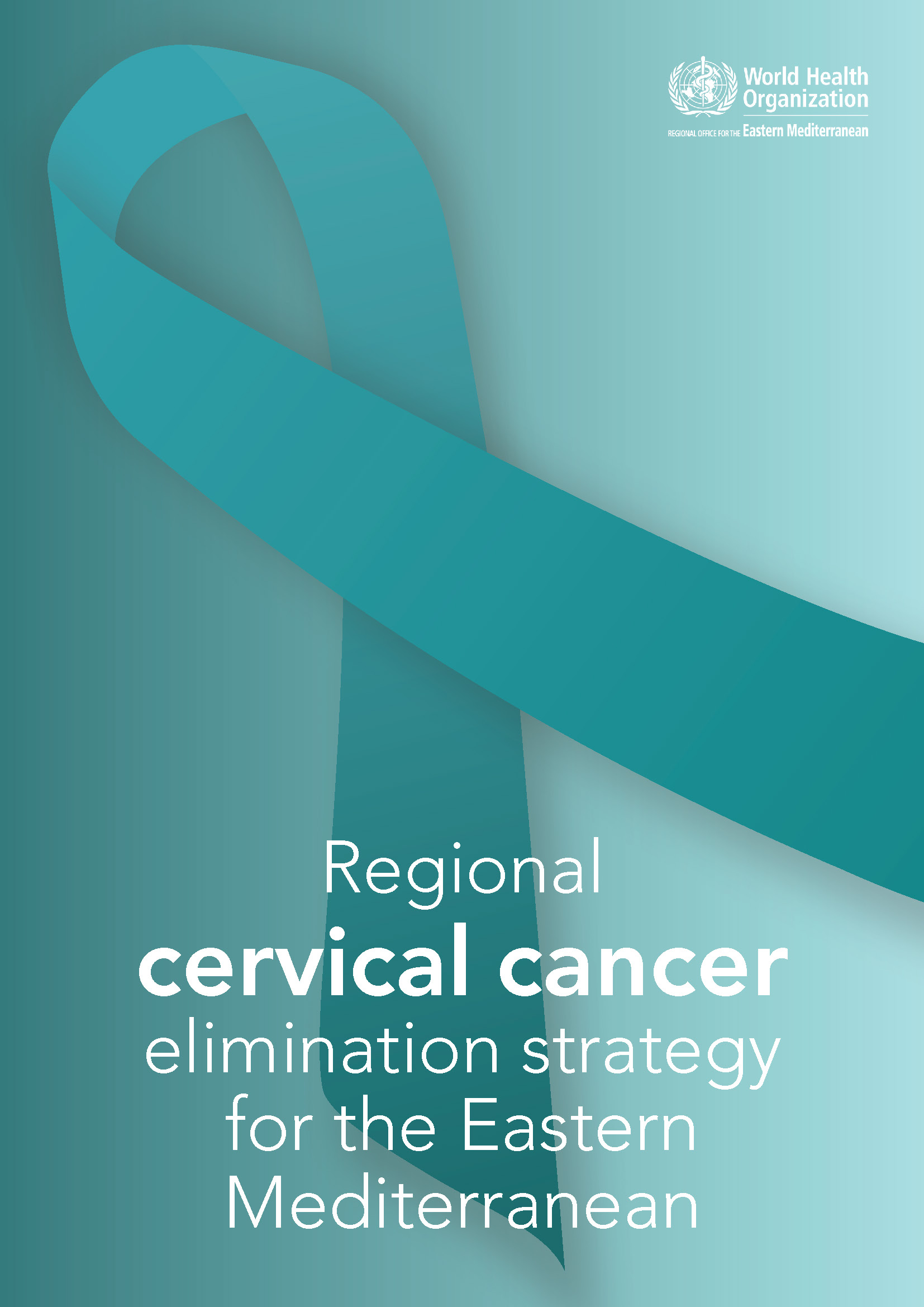
Regional cervical cancer elimination strategy
Publication date: 2023
Cervical cancer is a preventable and curable disease that disproportionately affects women in low- and middle-income countries. WHO aims to eliminate cervical cancer as a public health issue globally by 2120. To achieve this, WHO has set interim targets to be met by 2030, including vaccinating 90% of girls with the HPV vaccine, screening 70% of women with high-performance tests, and ensuring 90% of women with pre-cancer and invasive cancer receive treatment. To support this global effort, a regional strategy has been developed for the WHO Eastern Mediterranean Region, taking into account its unique religious, cultural, social, economic and geographical contexts.
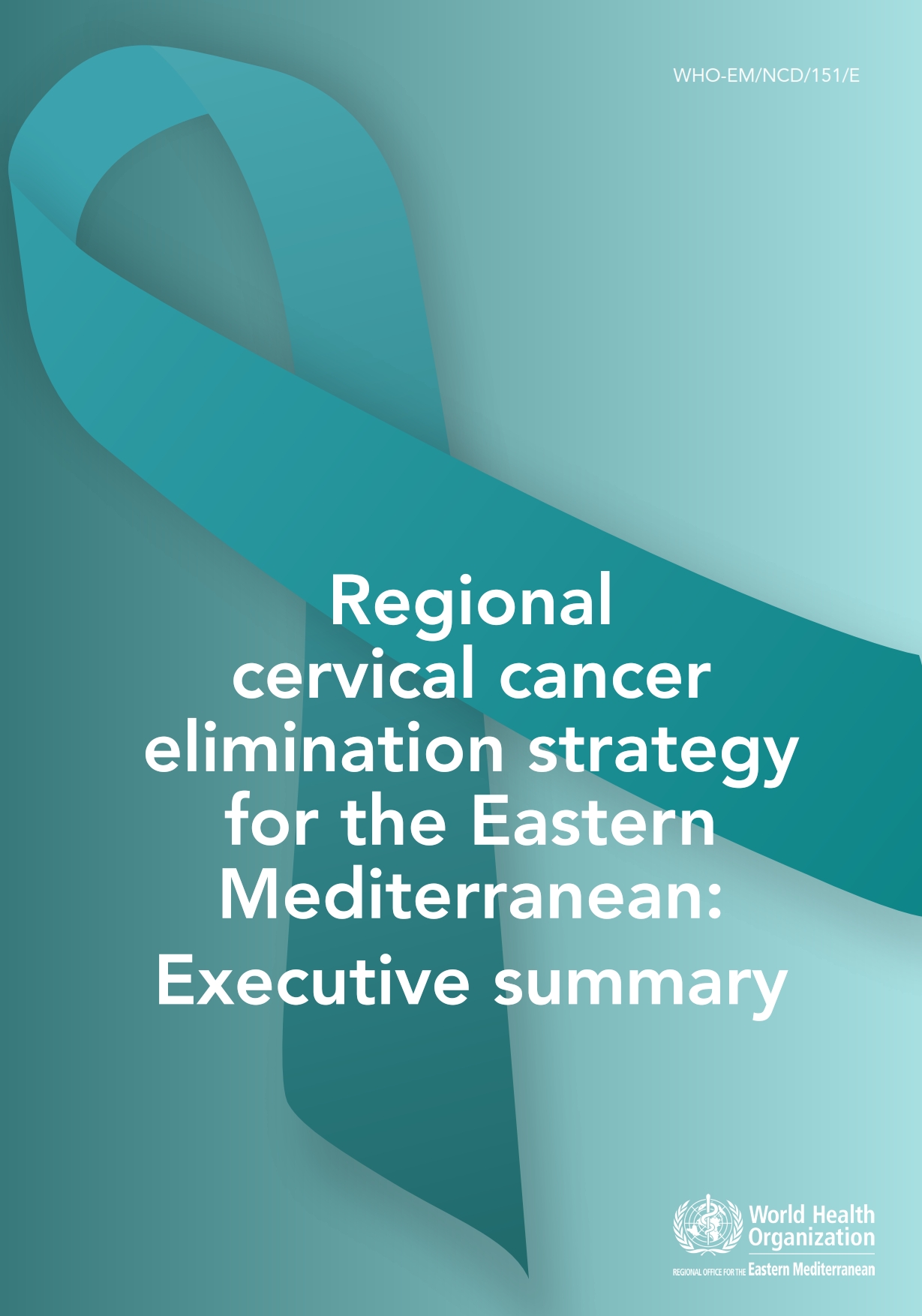
Regional cervical cancer elimination strategy: Executive summary
Publication date: 2023
Cervical cancer is a preventable and curable disease that disproportionately affects women in low- and middle-income countries. WHO aims to eliminate cervical cancer as a public health issue globally by 2120. To achieve this, WHO has set interim targets to be met by 2030, including vaccinating 90% of girls with the HPV vaccine, screening 70% of women with high-performance tests, and ensuring 90% of women with pre-cancer and invasive cancer receive treatment. To support this global effort, a regional strategy has been developed for the WHO Eastern Mediterranean Region, taking into account its unique religious, cultural, social, economic and geographical contexts.
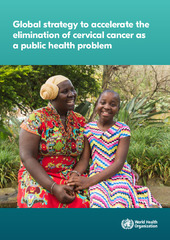
Global strategy to accelerate the elimination of cervical cancer as a public health problem
Publication date: 2020
In August 2020, the World Health Assembly adopted the Global strategy for cervical cancer elimination. The strategy outlines a comprehensive approach that includes prevention, effective screening and treatment of pre-cancerous lesions, early cancer diagnosis and programmes for the management of invasive cervical cancer including palliative care. It proposes: a vision of a world where cervical cancer is eliminated as a public health problem; a threshold of 4 per 100 000 women-years for elimination as a public health problem; the 90-70-90 targets that must be met by 2030 for countries to be on the path towards cervical cancer elimination: and a mathematical model that illustrates the interim benefits of achieving the 90-70-90 targets by 2030 in low- and lower-middle-income countries.
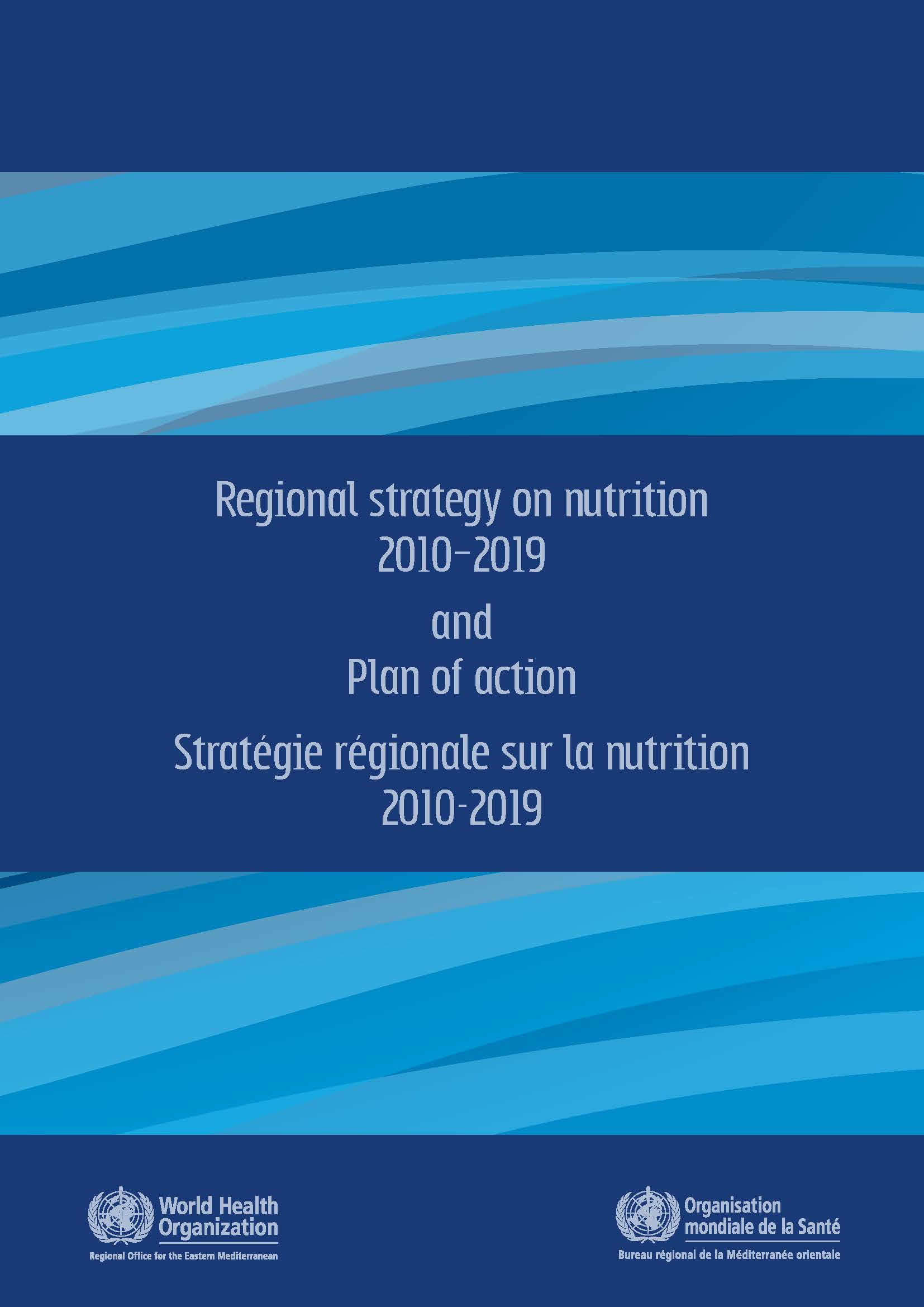
Regional strategy on nutrition (2010-2019) and plan of action
Publication date: 2011
Malnutrition remains a major health problem with consequences that are too grave to be ignored. It is the single biggest contributor to child mortality and 15% of the global burden of newborn and child mortality occurs in countries of the Region. The regional strategy on nutrition 2010–2019 was developed through a consultative process in collaboration with Member States, the American University of Beirut, WHO headquarters and the WHO Regional Advisory Committee on Nutrition. The strategy proposes approaches to address the major health and nutrition problems in the Region. It aims to support countries in establishing and implementing action in nutrition in accordance with their national situation and resources, and provides a framework to assist countries to decide which nutrition actions are appropriate for a particular context. The strategic approaches target undernutrition, micronutrient deficiencies, prevention and control of obesity and noncommunicable diseases.

Strategy for cancer prevention and control in the Eastern Mediterranean Region 2009—2013
Publication date: 2010
Cancer is the fourth leading cause of death in the WHO Eastern Mediterranean Region and its incidence is increasing rapidly. It is estimated that cancer currently kills 272 000 people each year in the Region- more than HIV, tuberculosis and malaria combined. WHO developed a regional strategy on cancer prevention and control, which aims at minimizing the growing impact of cancer in the Region over the following years (2009-2013). The regional strategy was endorsed by the ministers of health at the 56th session of the WHO Regional Committee for the Eastern Mediterranean in October 2009. The strategy provides a foundation for the development of a comprehensive coordinated national approach to cancer control that is resource-oriented. A framework for country action was developed also, to support countries in adapting the regional strategy according to their cancer national priorities and available resources.
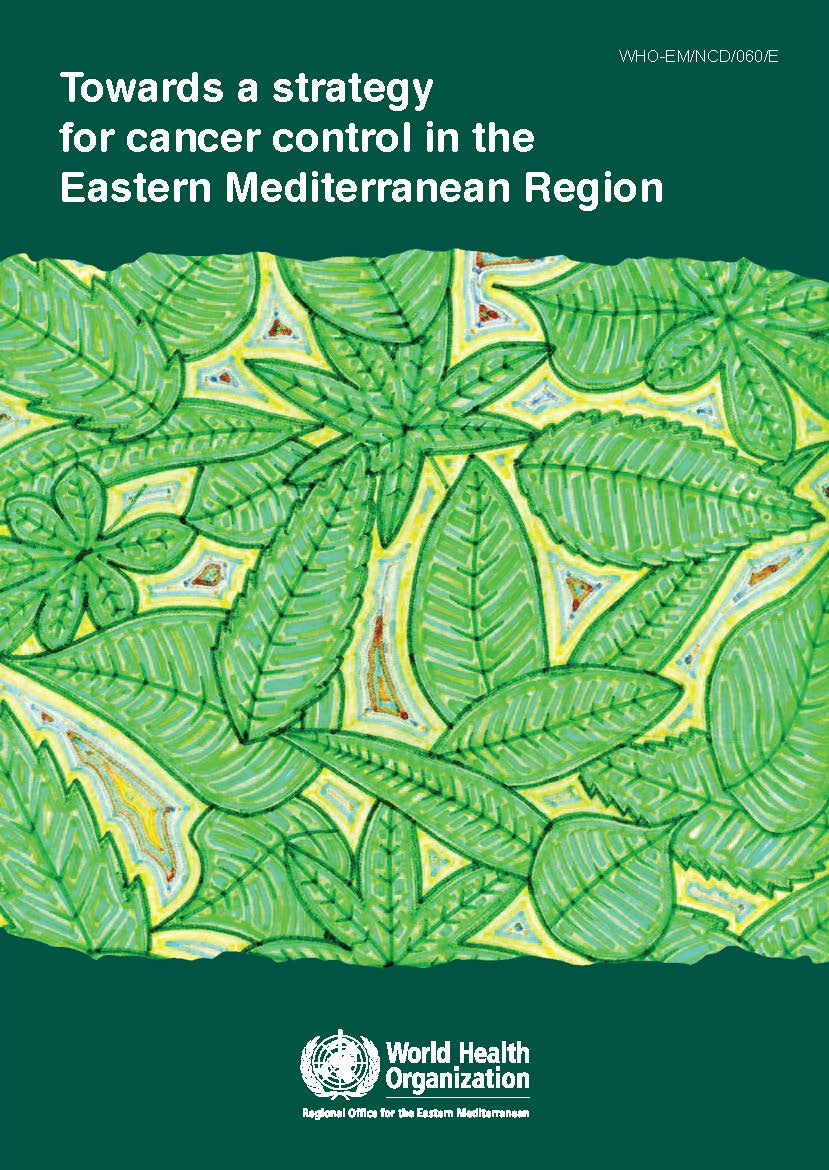
Towards a strategy for cancer control in the Eastern Mediterranean Region
Publication date: 2009
This publication was developed in response to the increasing burden of cancer and the need for coordinated action in this regard. Work on a strategy to control cancer has been gathering momentum for a number of years. Two expert meetings were held in Cairo and Morocco to oversee the development of the strategy. International and regional experts participated in the process of development and review of the draft document. The draft document was circulated for comments and these were taken into account. This publication is targeted at government and non-government agencies whose work impacts on the delivery of cancer services and activities, as well as the wide range of individuals involved in the management and delivery of cancer activities and services and people affected by cancer. Each country is invited to set its own priorities and to implement prevention and control strategies appropriate to its national situation.
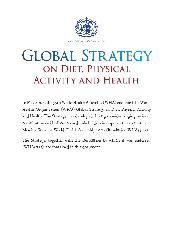
Global strategy on diet, physical activity and health
Publication date: 2004
The overall goal of the strategy was to promote and protect health through healthy eating and physical activity. Recognizing the unique opportunity that exists to formulate and implement an effective strategy to substantially reduce deaths and disease burden worldwide by improving diet and promoting physical activity, WHO has adopted, in May 2004, the Global strategy on diet, physical activity and health.


